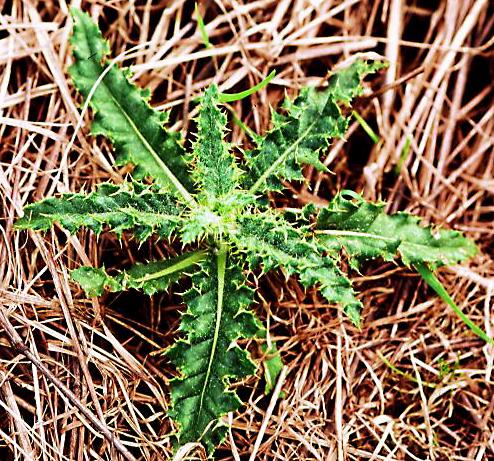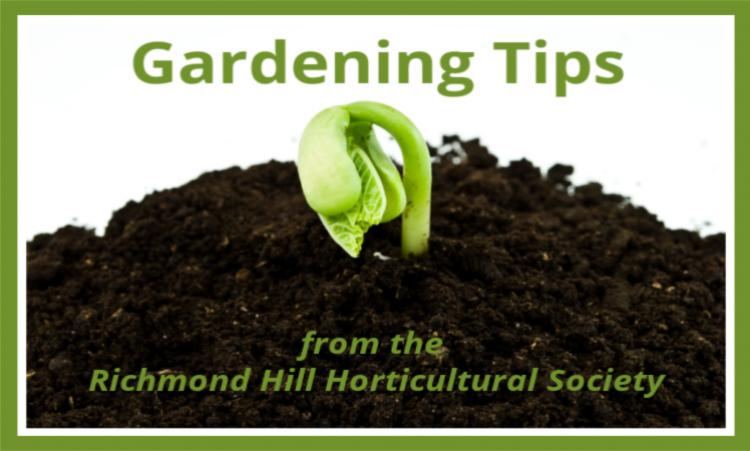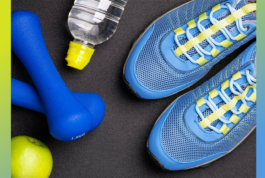Submitted by Doreen Coyne, a member of Richmond Hill Garden & Horticultural Society
July is but two weeks away and although I’ve always felt July is “weed month”, the number and growth of weeds seem to have started earlier this year. From now and throughout July is the time (in my mind at least) that weeds grow the most. I’ve thought of weeds as a nuisance or our garden’s enemy - something we have to go out to attack, pull, dig out, spray, and kill! Others would agree I’m sure. But maybe we need to open our minds and consider that they aren't always a problem.

They can perform valuable functions in nature acting as soil aerators and providing nutrients and trace minerals to the soil. This is because their roots often go deep breaking up the soil – even clay and releasing their nutrients and minerals into that newly aerated soil. They also protect the soil. They’ll grow on any open area for survival; and in doing so, they protect the exposed topsoil. Without them, many open spaces would be robbed of topsoil by sun, rain, and wind. In south-western Ontario, you’ll see many farmers planting rye in the fall on their acreage to help keep their topsoil in place. Rye grows quickly and thickly, holding the soil in place. I’ve used it many times to help start a new lawn.
When you need to rid your garden or lawn of weeds try following these guidelines:
- Cultivate weeds as soon as they appear. Don't wait until they are firmly rooted. What does it mean to “cultivate a weed”? Cultivating is a combination of two things, removing weeds from the garden and loosening the soil to improve the retention and penetration of air, water, and nutrients. Both are accomplished at the same time.
- It's best to weed after a good rain when the soil is softer and the roots are less likely to resist your pulling. One of the gardeners I hired a few years ago while my knee replacement was healing, watered all the weeded areas for 30 minutes before she worked that area given it made the soil easier to work.
- Note that tugging out weeds by the roots is thought to excite their roots into additional growth.
- Weeds with a long taproot such as Queen Anne's lace or dandelions go deep down into the soil and bring up minerals into the soil. Once the plant is cut off or turned under, these minerals feed the soil near the surface. Note the mention of “cut off” (at ground level) not “pulled out”.
- Take care to cut off weeds for mulch before they go to seed. Putting weed seeds into your compost will only multiply the number of weeds in your garden after using that compost.
- Cut off the tops of weeds and let them lay fallow in rows. This should help them break down more quickly so you can put them into your compost or simply leave them where they are to provide compost to the surrounding plants. Weeds without seeds benefit your compost heap as they are full of nutrients including valuable trace minerals.
- Weeds act as conditioners to your soil. Their roots make channels through your soil. Earthworms can travel through those channels aerating the soil as they go.
- For your lawn, I’m told by friends that throwing down extra grass seed will help smother the weeds as more, thicker grass grows. A good method is to rake some compost into the lawn and then sprinkle grass seed on top of it just before it rains. The growing grass can help choke out weeds!
- To avoid weeds, perhaps this friend’s antidote will help. She decided to grow edible weeds given she already had lots growing in her garden that she had been weeding out. Having decided to make them a main in her menus, she tended them, cared for them, and harvested them. But once she started harvesting them to eat, she soon discovered they were no longer growing at all. No problem. No weeds. And then she went back to planting regular vegetables and herbs!
So try not to frown when you look out in July and see the weeds coming. Take a proactive approach which means less work each time. And cut them off as opposed to pulling them out. And if you use a Dutch hoe for that purpose, there is much less, if any, bending and thus less back pain!









